Scientists studying the chemical makeup of asteroid Ryugu and the Murchison meteorite find intriguing differences in their organic molecules.
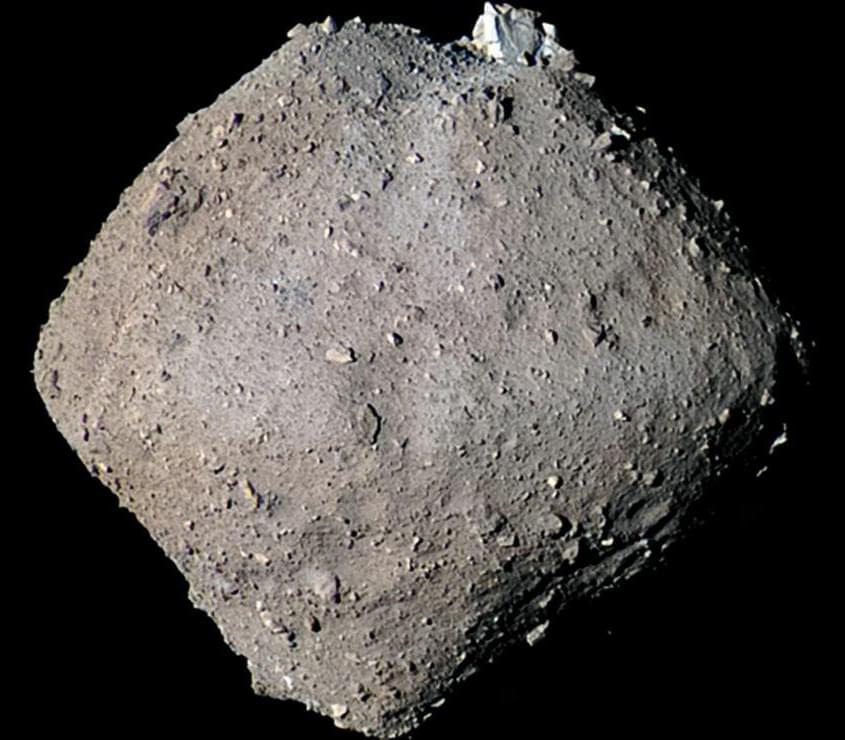

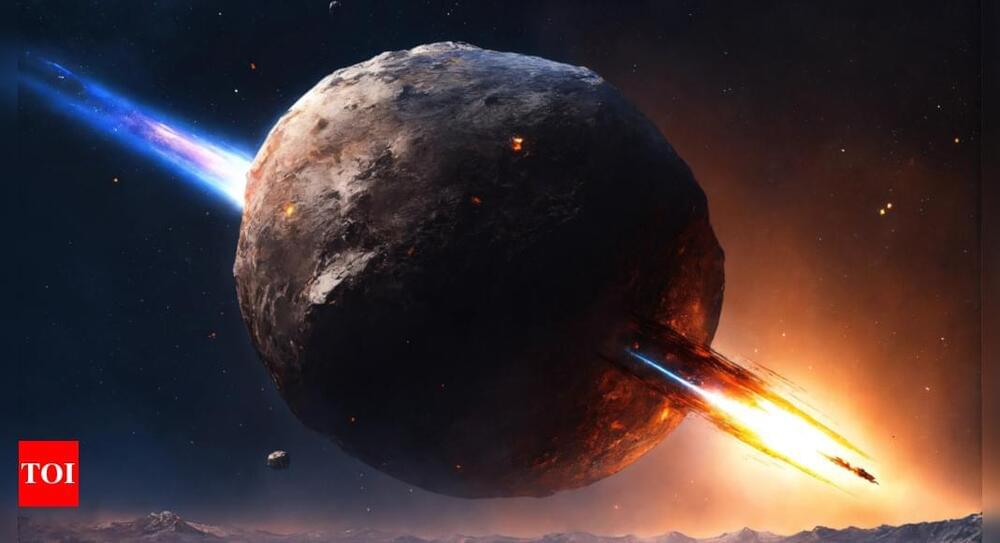
O.o!!!
NEW DELHI: The “Devil Comet,” officially known as 12P, is currently making its way towards Earth and is anticipated to undergo a significant eruption soon. This comet, which is nearly three times the size of Mount Everest, is classified as a cryovolcano, which means it erupts due to the build-up and ignition of gas and ice, much like a frozen soda can exploding. The comet is notably large, with a diameter of 18.6 miles, comparable to the size of a small city.
According to Astronomy.com, it’s a short-period comet, completing an orbit around the Sun approximately every 71.2 years, a pattern similar to the well-known Halley’s Comets like this, with an orbital period of less than 200 years, are categorized as short-period comets.
Comet 12P/Pons-Brooks is not a recent discovery in our solar system. Its existence has been acknowledged since 1,812, when it was first observed by the comet hunter Jean-Louis Pons, who noted it at a 4th magnitude brightness. However, the initial observations were not detailed enough to accurately forecast its future appearances. Consequently, it was “rediscovered” in 1,883 by William Brooks. Contemporary astronomers, analyzing historical records, suggest that this comet might have been documented in earlier passes, possibly as far back as 1,385, the Astronomy.com report said.
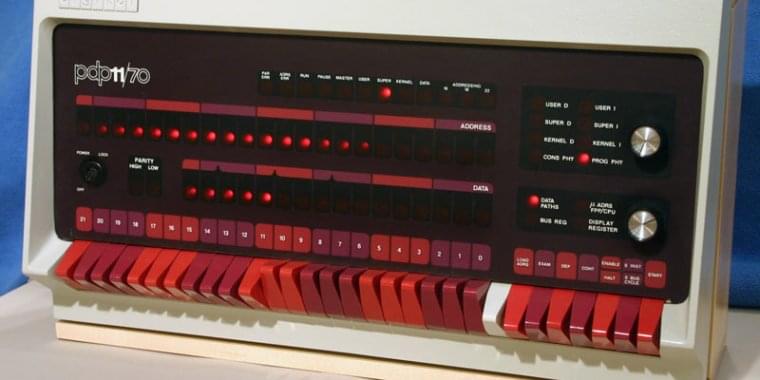
Early PDP-11 models were not overly impressive. The first PDP-11 11/20 cost $20,000, but it shipped with only about 4KB of RAM. It used paper tape as storage and had an ASR-33 teletype printer console that printed 10 characters per second. But it also had an amazing orthogonal 16-bit architecture, eight registers, 65KB of address space, a 1.25 MHz cycle time, and a flexible UNIBUS hardware bus that would support future hardware peripherals. This was a winning combination for its creator, Digital Equipment Corporation.
The initial application for the PDP-11 included real-time hardware control, factory automation, and data processing. As the PDP-11 gained a reputation for flexibility, programmability, and affordability, it saw use in traffic light control systems, the Nike missile defense system, air traffic control, nuclear power plants, Navy pilot training systems, and telecommunications. It also pioneered the word processing and data processing that we now take for granted.
And the PDP-11’s influence is most strikingly evident in the device’s assembly programming.
Boeing and SpaceX have shared footage of U.S. Space Force’s secretive X-37B mini-shuttles in space with a payload-laden service module attached. A brief video clip showing the X-37B with the module separating from its launch rocket after being lofted into space in 2020 was included in a video montage shown ahead of the latest launch of an X-37B yesterday. You can find out more about what we can expect from the new X-37B mission in The War Zone’s previous reporting.
SpaceX broadcast the video montage that included the clip in question just minutes before a Falcon Heavy rocket with an X-37B on top blasted off from the Kennedy Space Center in Florida last night. User @DutchSpace on X, formerly known as Twitter, was among the first to spot the clip of the X-37B separating into space.
The montage begins at approximately 3:38 in the runtime of the video seen below.
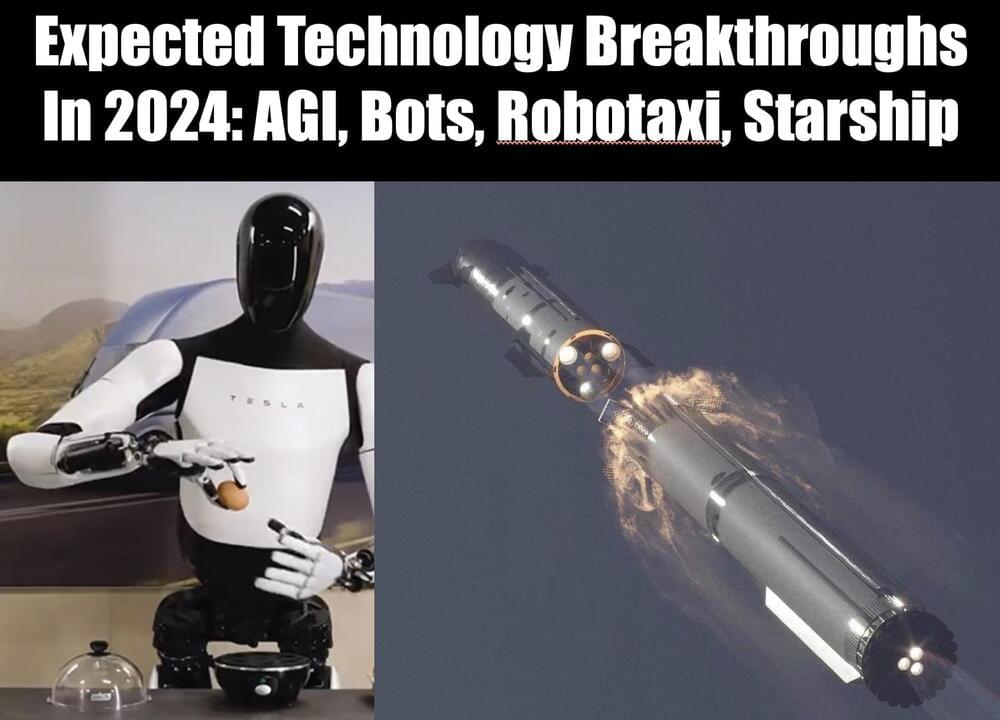
1. AGI could be achieved or we will get even closer. There will OpenAI releasing GPT5 and updates of Google LLM like improved Gemini.
Definition’s for AI AGI = artificial general intelligence = a machine that performs at the level of an average (median) human.
ASI = artificial superintelligence = a machine that performs at the level of an expert human in practically any field.

The FASHI survey has mapped 35% of its target sky area with the FAST telescope, discovering over 41,000 extragalactic HI sources, and gaining acclaim in the astronomical community.
The FAST All Sky HI survey (FASHI) was designed to cover the entire sky observable by the Five-hundred-meter Aperture Spherical radio Telescope (FAST), spanning approximately 22,000 square degrees of declination between-14 deg and +66 deg, and in the frequency range of 1050–1450 MHz, with the expectation of eventually detecting more than 100,000 HI sources.
Between August 2020 and June 2023, FASHI covered more than 7,600 square degrees, which is approximately 35% of the total sky observable by FAST. FASHI team has detected a total of 41,741 extragalactic HI sources in the frequency range 1305.5−1419.5 MHz. When completed, FASHI team will provide the largest extragalactic HI catalog and an objective view of HI content and large-scale structure in the local universe.
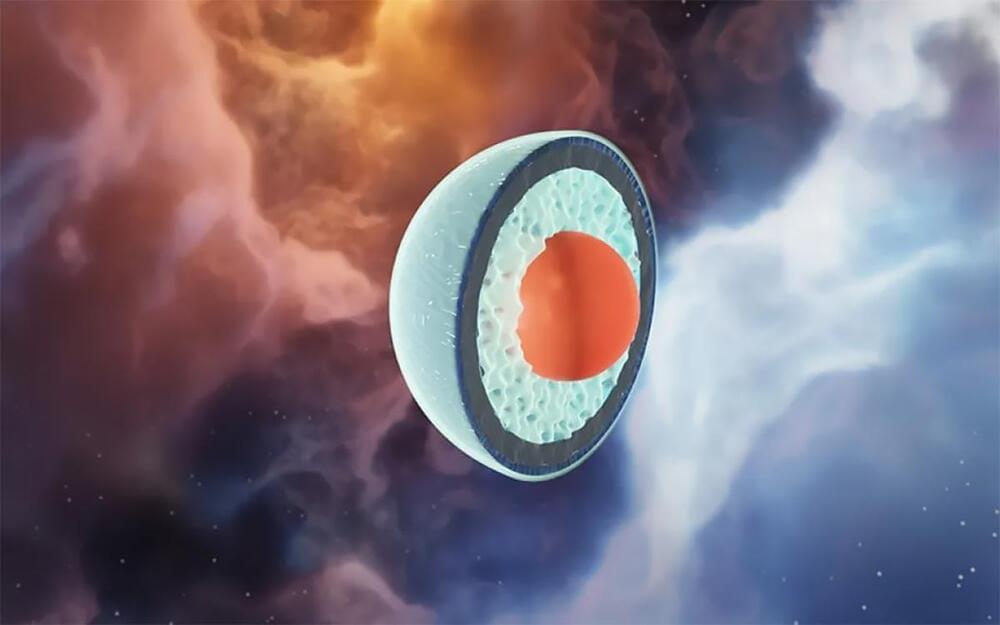
New theoretical analysis places the likelihood of massive neutron stars hiding cores of deconfined quark matter between 80 and 90 percent. The result was reached through massive supercomputer runs utilizing Bayesian statistical inference.
Neutron star cores contain matter at the highest densities reached in our present-day Universe, with as much as two solar masses of matter compressed inside a sphere of 25 km in diameter. These astrophysical objects can indeed be thought of as giant atomic nuclei, with gravity compressing their cores to densities exceeding those of individual protons and neutrons manyfold.
These densities make neutron stars interesting astrophysical objects from the point of view of particle and nuclear physics. A longstanding open problem concerns whether the immense central pressure of neutron stars can compress protons and neutrons into a new phase of matter, known as cold quark matter. In this exotic state of matter, individual protons and neutrons no longer exist.
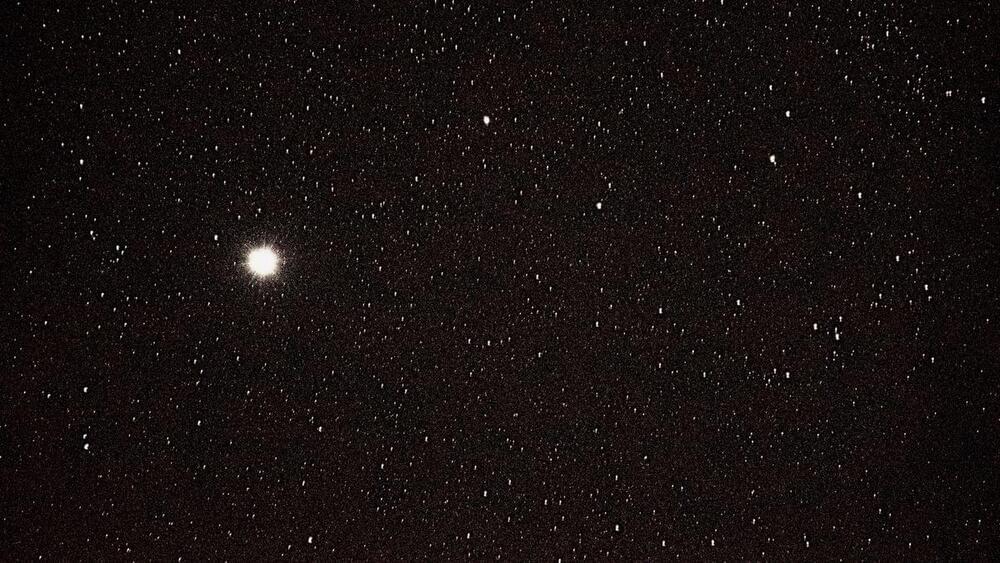

Astronomers have captured a new snapshot of the ancient spiral galaxy BRI 1335–0417. The research is providing valuable insights into the formation of early galaxies and shedding light on the origins of our own Milky Way.
Dating back more than 12 billion years, BRI 1335–0417 is the oldest and farthest known spiral galaxy in our universe.
According to study lead author Dr. Takafumi Tsukui, a state-of-the-art telescope called ALMA allowed the experts to look at this ancient galaxy in much greater detail.

Officially, there are only two exascale supercomputers in the world: Frontier at Oak Ridge National Laboratory in Tennessee and Aurora at Argonne National Laboratory in Illinois. However, it is widely suspected that China has at least two secret exascale machines that have not been tested and ranked by the industry’s 500 list of the most powerful supercomputers in the world.
JUPITER, which stands for Joint Undertaking Pioneer for Innovative and Transformative Exascale Research, will be built at the Jülich Supercomputing Centre in Germany by the European High-Performance Computing Joint Undertaking (EuroHPC JU), a collaboration between the European Union and private businesses.